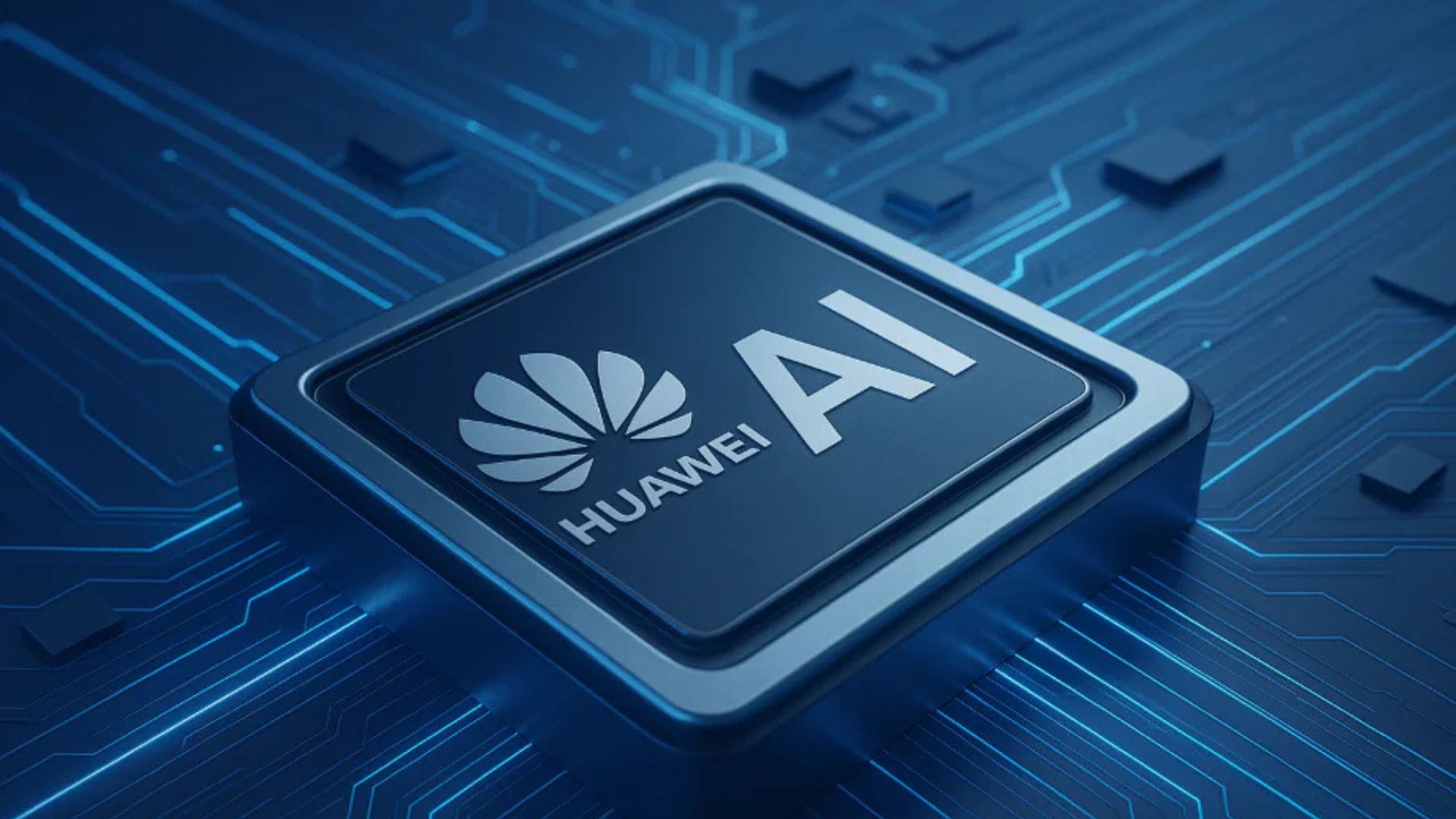Back in 2019, when Huawei Technologies found itself staring down the barrel of the US trade blacklist, many viewed it as a serious blow to the company’s ambitious foray into artificial intelligence (AI). Just months earlier, Huawei had launched what it hailed as the world’s most powerful AI chip, the Ascend 910. However, the thrill of this cutting-edge innovation was short-lived. By August 2020, the US Commerce Department had tightened restrictions, prohibiting any semiconductor products or services involving US technology from being sold to Huawei without special permits.
This pivotal move forced Taiwan Semiconductor Manufacturing Company (TSMC), renowned as the world’s most advanced chipmaker, to sever ties with Huawei. Analysts and experts voiced concerns, predicting that Huawei’s status as a tech powerhouse might be in jeopardy. Fast forward to 2025, and the landscape has dramatically shifted. Huawei has not only adapted but has emerged as a formidable contender in the global AI chip race, demonstrating a resilience that even captured the attention of Nvidia CEO Jensen Huang. He recently acknowledged that the US’s export controls had “failed” and cautioned that Huawei could potentially surpass American companies in AI hardware, especially if existing restrictions remain in place.
The Rise of CloudMatrix and Huawei’s Homegrown Chips
At the heart of Huawei’s resurgence is its new AI system known as CloudMatrix 384, which is powered by its own Ascend 910C chips. Coupled with 192 Kunpeng CPUs, this robust configuration allows Huawei to train massive AI models with impressive efficiency. A collaborative research paper between Huawei and the start-up SiliconFlow revealed that CloudMatrix even outperformed Nvidia’s widely-used SGLang framework in critical areas like inference and decoding.
This achievement holds significant weight in the AI community. Huawei’s innovative chip design, which utilizes two processing dies in a single package and shares high-bandwidth memory, has enabled the company to remain competitive with global leaders—even while leveraging a chip architecture that may be considered a generation behind. Yet, what truly distinguishes Huawei is its system-level approach to technology. Kevin Xu, the founder of Interconnected Capital, aptly stated, “It’s not about one chip doing everything. It’s about how well those chips work together. And that’s Huawei’s strength.”
This efficiency is breathing new life into China’s burgeoning AI industry. With CloudMatrix capable of processing 1,943 tokens per second per neural processor, all while maintaining a latency below 50 milliseconds per token, the technology showcases a new standard of performance. Analysts predict that this scalable solution could become a leading player in the AI workload space, positioning Huawei as a competitor to Nvidia’s data center offerings.
China Doubles Down on Local Chip Production
In the face of persistent US sanctions, Huawei has managed to ramp up production significantly. This success can be attributed in part to China’s overarching initiative to establish a complete semiconductor supply chain. Emerging firms like SiCarrier are garnering attention for their expertise in chip-making equipment, making substantial contributions to Huawei’s advancements.
Analysts from Mizuho Securities have estimated that Huawei could ship as many as 700,000 Ascend 910 series chips by 2025, a target that exceeds the 200,000 forecasted by US officials. Concurrently, companies such as iFlytek and SenseTime have shifted their focus to domestic chip solutions, opting for local products despite potential delays in the pursuit of supply security.
Nevertheless, challenges loom on the horizon. Major Chinese tech firms like Alibaba and Tencent are still navigating through their stockpiled Nvidia chips. Once those supplies dwindle, the true test of local alternatives like Huawei’s offerings will commence. There’s also an emerging focus on electronic design automation (EDA) software within China’s chip industry, with companies like Empyrean stepping up amid the absence of leading EDA providers like Synopsys and Cadence in the Chinese market. Empyrean currently claims to supply 80% of the 58 essential tools required for chip design, and aims to fill the remaining gaps with support from China’s semiconductor ecosystem.
Despite the potential advantages of using home-grown chips, developers face complexities as they consider how their AI models will be accepted in international markets, where compliance with global standards can come under scrutiny. Yet, Huawei is pressing ahead, with Founder Ren Zhengfei expressing that worrying about US sanctions is “useless”—instead, he emphasizes a mindset focused on progressing one step at a time.
While Huawei has not yet matched American firms chip-for-chip, its focus on system-wide innovation and adaptability may soon set the stage for a significant leap ahead, particularly if export controls persist. The overarching message is clear: Huawei is determined to thrive, regardless of the barriers posed by US tech firms unwilling to engage with China.


